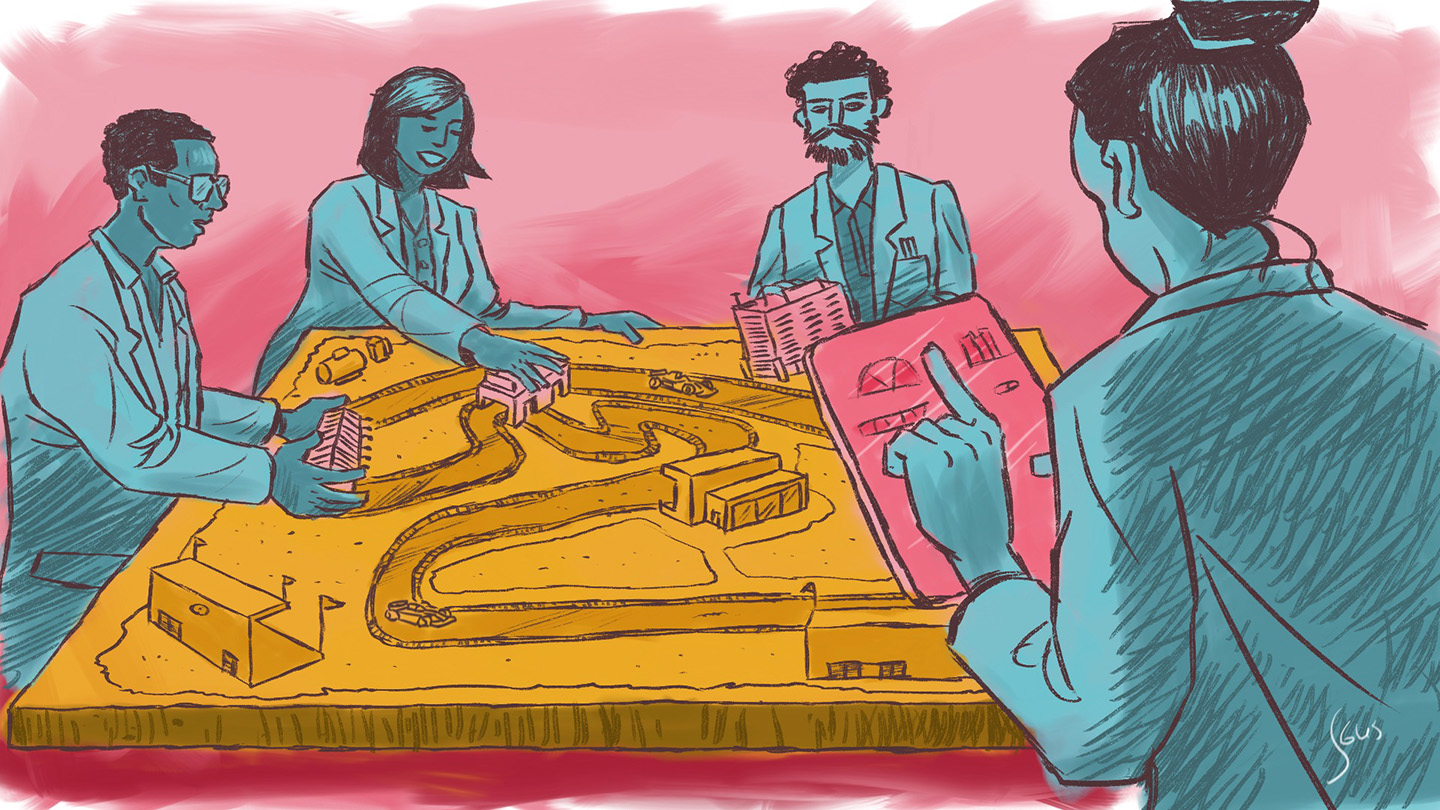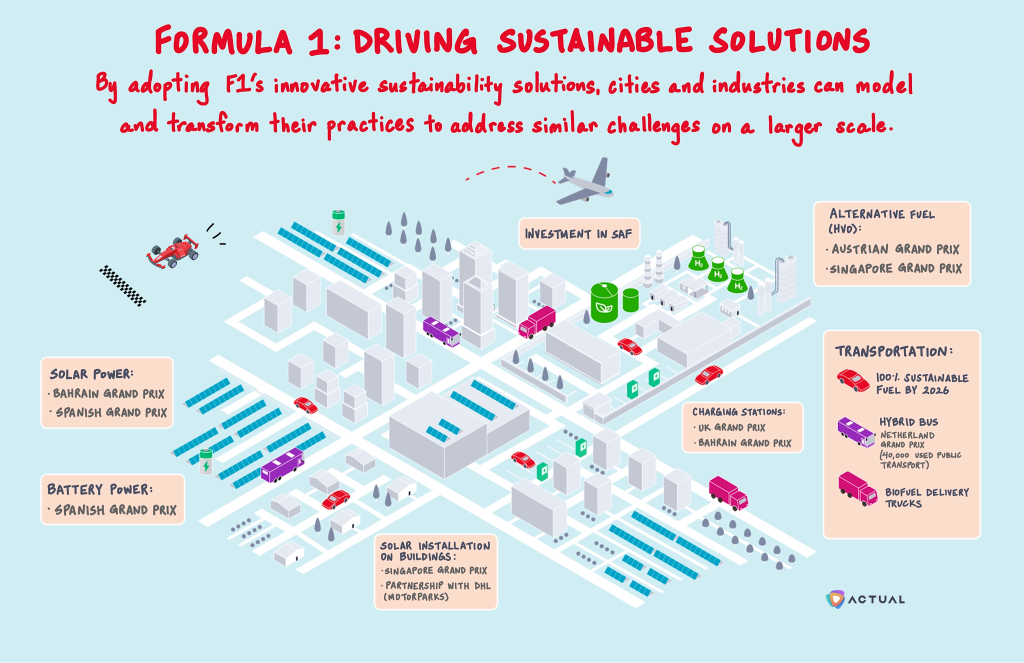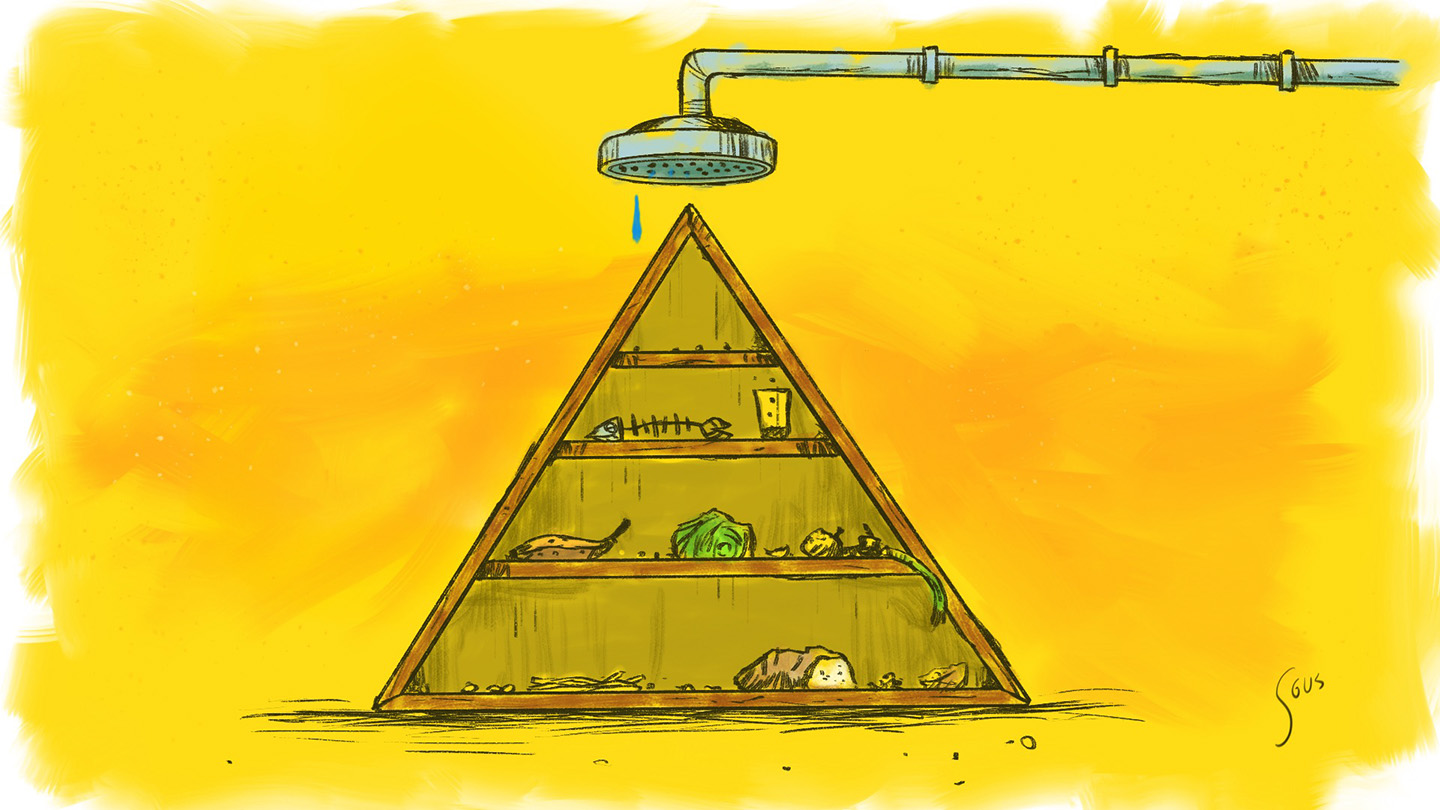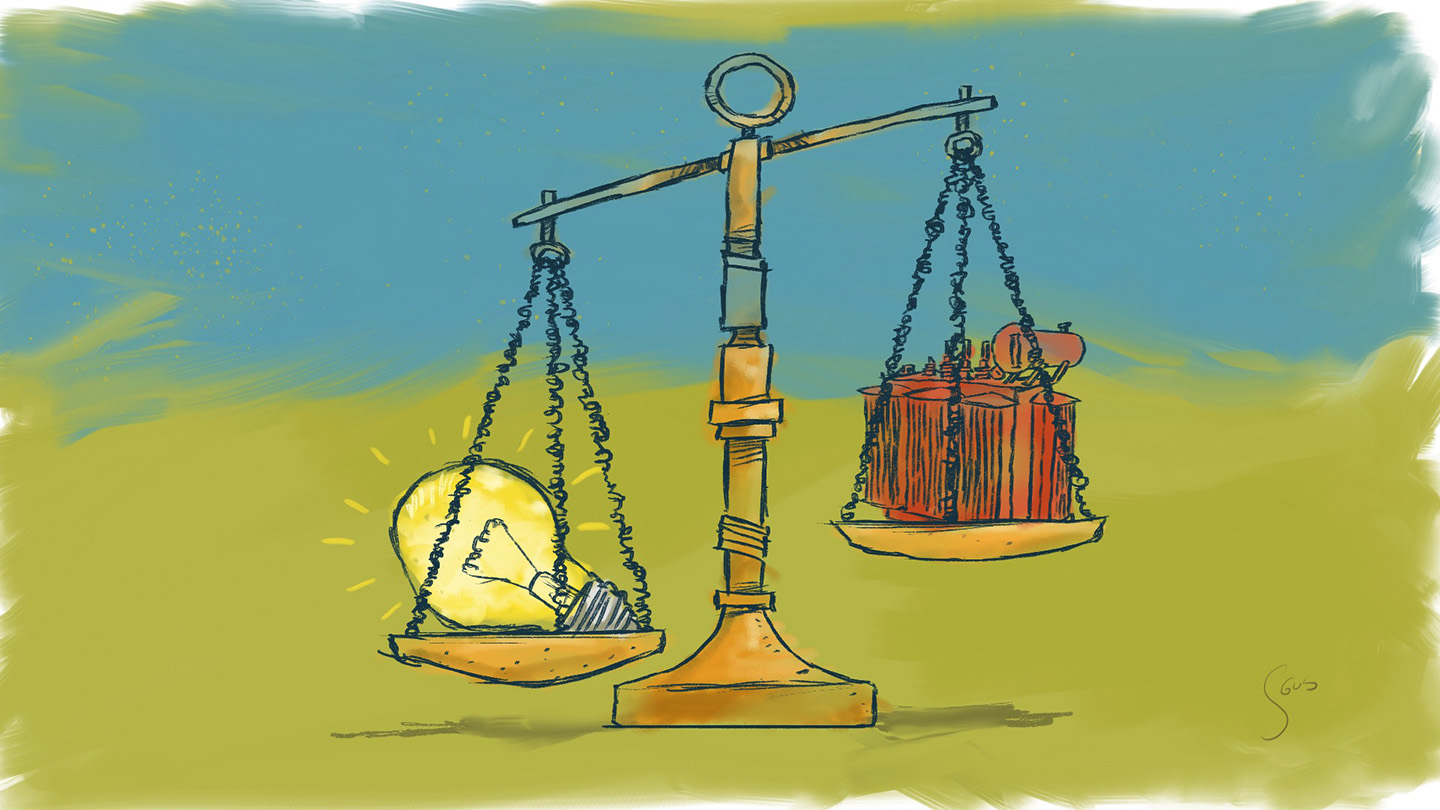
March 21, 2024
Formula 1: Driving Sustainable Solutions
The thrilling races of Formula 1 are powered by behind-the-scenes innovation, where even the slightest tweaks in aerodynamics or engine performance can sway the outcome of a race. In 2019, the stakes were raised even higher: F1 is racing to achieve net-zero emissions by 2030.
As Formula 1 innovates toward a green agenda, we can draw inspiration from its solutions to address comparable challenges in urban cities. The operational intricacies of F1 events resemble those of a small city, serving as an opportunity and playground for all those involved to test solutions across industries and cities at a reduced scope.
How does this affect you?
Automobile companies need to address emissions reduction in manufacturing and operations, leveraging the opportunity to not only comply with F1 rules but also to position themselves for future success.
Events operators need to devise comprehensive strategies to minimize the carbon footprint across their business, all team personnel, and consumers.
Sponsors need to invest in both vehicle innovation and promising climate-related technologies to achieve a higher ROI beyond mere marketing tactics.
Policymakers need to collaborate in order to implement sustainable solutions at scale, ensuring a green transition across cities, as demonstrated in various race circuits.

Much like cities, emissions from F1 operations extend across energy usage at circuits, logistics, including delivery and public transportation, and Scope 1 and 2 emissions from involved entities. What would it look like if cities embraced the solutions F1 uses to tackle similar sustainability challenges?
Governance. Challenge: The green agenda is a pending domino effect Businesses and governments don’t want to be the first mover due to a risk mindset associated with sustainable investments. While cities grapple with conflicting views on transitioning from fossil fuel energy to EVs, F1 highlights what is currently lacking in urban cities: unified action.
F1 has set very clear rules on the transition towards net-zero carbon fuel. While cars are currently run on E-10 gasoline (a mixture of 90% fossil fuel and 10% bioethanol), F1 announced that by 2026 all cars will be required to use 100% sustainable biofuel to compete in the race. These new rules will also require greater efficiency in brakes and lower fuel loads, capping the amount of fuel consumed in a race.
Regulations need both incentives and penalties in order to be effective. F1 teams could wait for others to pioneer biofuel engines but would then risk falling behind. The standards set by F1 demonstrate the potential of fully leveraging each opportunity to drive towards sustainability.
Energy usage. Challenge: The risk is too high to implement at scale While utilities have been hesitant to implement these solutions at scale due to cost and supply chain constraints, like the transformer shortage, viewing a circuit as a "microgrid" would allow utilities to experiment and take calculated risks before implementing wider grid adoption. Cities can leverage this opportunity to pilot large-scale solutions, encompassing renewables, biofuel, battery technology, and green hydrogen.
Circuits worldwide are embracing clean energy solutions to power race-day operations. In 2022, the Singapore Grand Prix revealed that 96% of its total emissions stemmed from energy use. As a result, the Singapore Tourism Board installed solar panels and plans to transition generators to vegetable oil biofuel, reducing total emissions by nearly 52%.
Similarly, the Austrian Grand Prix is adopting low-carbon systems for garages and data operations, while the Spanish Grand Prix will trial battery power for media areas. The Bahrain Grand Prix was honored with the Event Innovation Award for implementing advanced building management systems, including efficient HVAC and LED lighting, alongside a 5 million kWh solar park. Digitized signage and traffic systems all contributed to over 30% of energy savings last year.
Logistics. Challenge: Low-carbon technology is not readily available One of the most pressing challenges lies in addressing emissions from travel and infrastructure delivery. In a bid to reduce emissions, F1 recently rearranged races to minimize travel distances between events. Partnering with shipping company DHL, F1 utilizes biofuel-powered trucks for equipment transportation in Europe, solar-powered motorhomes at select circuits, and more fuel-efficient aircraft.
For example, the Spanish Grand Prix has announced plans to host F1 in Madrid from 2026 onwards, aiming to reduce the carbon footprint associated with travel to remote circuits, thereby urging cities to adopt greener energy and public transportation. Not limited to travel, circuits also provide an opportunity to test low-carbon cement and waste distribution.
However, it's important to acknowledge that this initiative doesn't cover team and fan travel. While there's still much ground to cover in bridging this gap, F1 sets an example for operations worldwide, demonstrating what should be the standard of sustainable practices.
Sponsorship. Challenge: More funding is needed It’s no secret that F1 is a sport of wealth. To make all of this possible, major automobile manufacturers, oil and gas companies, and consumer brands invest millions to sponsor one of the ten teams. Like F1 teams, cities and industries must assess what partnerships will push innovation beyond marketing tactics. Entities should also consider developing transition plans themselves in order to capitalize on opportunities in markets beyond F1, further emphasizing the need for collaboration among all stakeholders.
The influence of F1 technology can be seen in our daily lives. Grocery stores employ energy-saving technology in refrigeration. Our vehicles incorporate hybrid power units and carbon fiber materials. Air traffic controllers utilize 5G telemetry infrastructure to mitigate congestion and emissions. Investment in biofuel and energy-efficient R&D can take cities even further. If done well, F1 has so much potential beyond just its glamor— it can really drive sustainable innovation.
Until next time,
Actual
More recent newsletters
April 25, 2024
ACTUAL
Catalonia, Spain, has recently declared a drought emergency as reservoirs plunge to critically low levels at just 15% of full...
April 11, 2024
ACTUAL
The automotive industry has been undergoing a drastic transformation, transitioning from combustion engine vehicles to include EVs, hybrid engines, and...
March 07, 2024
ACTUAL
Following COVID-19, the US is experiencing a shortage of large power transformers, crucial for connecting generation to our grid, delaying...


